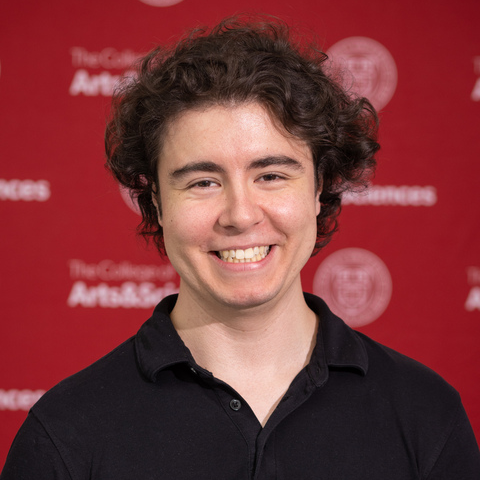
Nexus Scholar alumni profile: Ricco Venterea ’24
"Nexus Scholars was the first time where the only thing I had to worry about was research."
 Department Homepage
Department Homepage

"Nexus Scholars was the first time where the only thing I had to worry about was research."
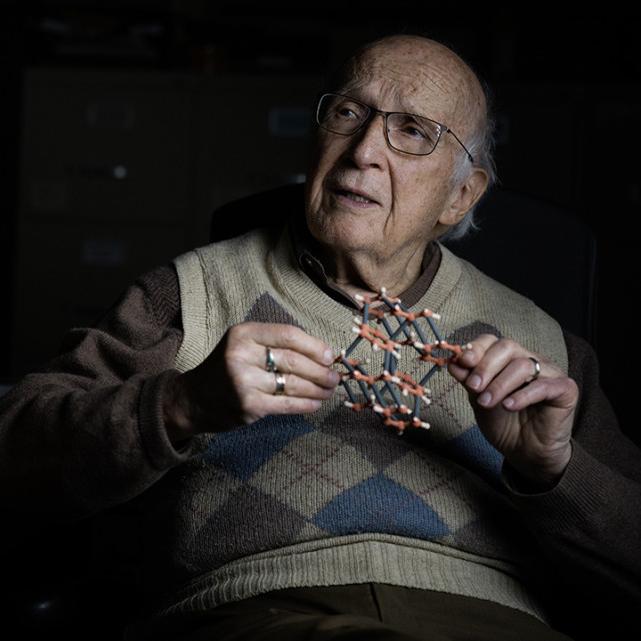
Eight Cornell faculty, including Provost Kavita Bala, are featured as “New Heroes” in a portrait series by Christopher Michel, the National Academies of Sciences, Engineering and Medicine’s inaugural artist-in-residence.
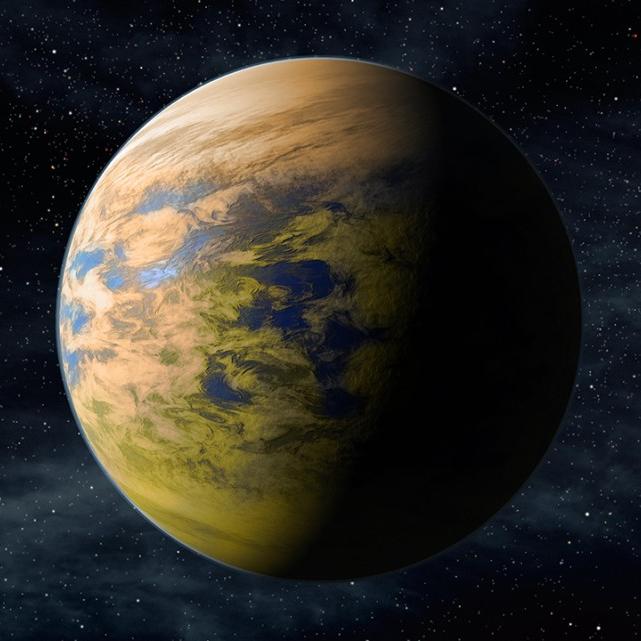
Cloud cover is bad for picnics and for viewing stars through a telescope. But an exoplanet with dense or even total cloud cover could help astronomers searching for signs of life beyond our planet, Cornell researchers have found.


Astronomers have generated the first three-dimensional map of a planet orbiting another star, revealing an atmosphere with distinct temperature zones – one so scorching that it breaks down water vapor, a team co-led by a Cornell expert reports in new research.

These simulations, developed with significant input from Cornell researchers using code written at Cornell, help scientists analyze gravitational waves observed by the LIGO, Virgo and KAGRA detectors located in the U.S., Italy and Japan.
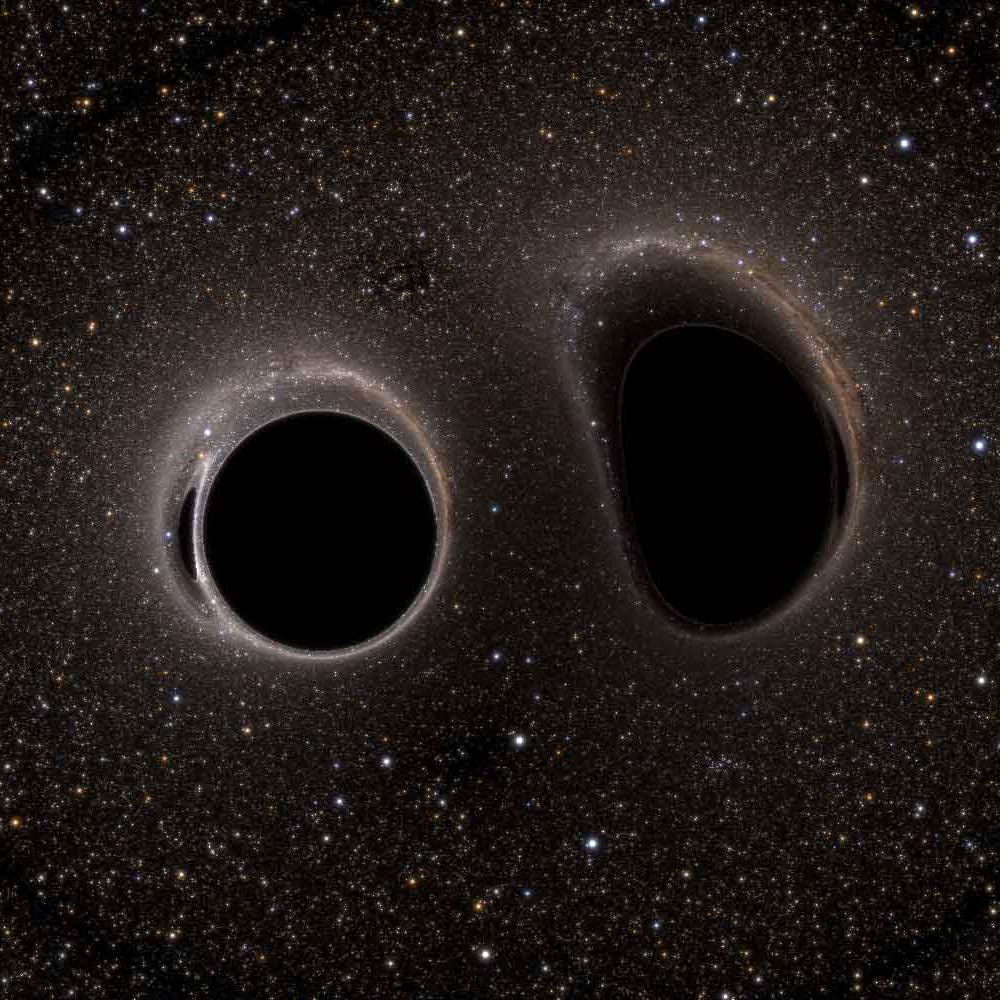
The LIGO-VIRGO-KAGRA team has announced a black hole merger similar to its first detection; a decade’s worth of technological advances allow unprecedented tests of General Relativity to be performed.
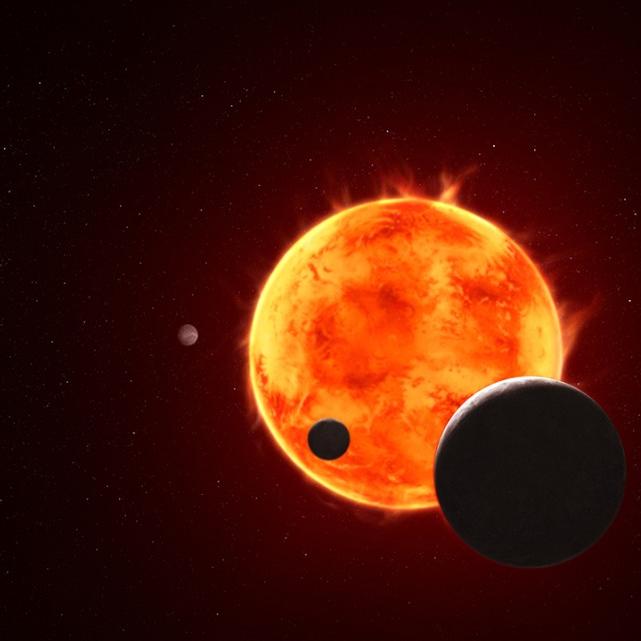
TRAPPIST-1 e may have an atmosphere that could support having liquid water on the planet’s surface in the form of a global ocean or icy surface, according to new research.

Shami Chatterjee, Astronomy

Ten students who participated in this summer's Nexus Scholars Program share their stories..
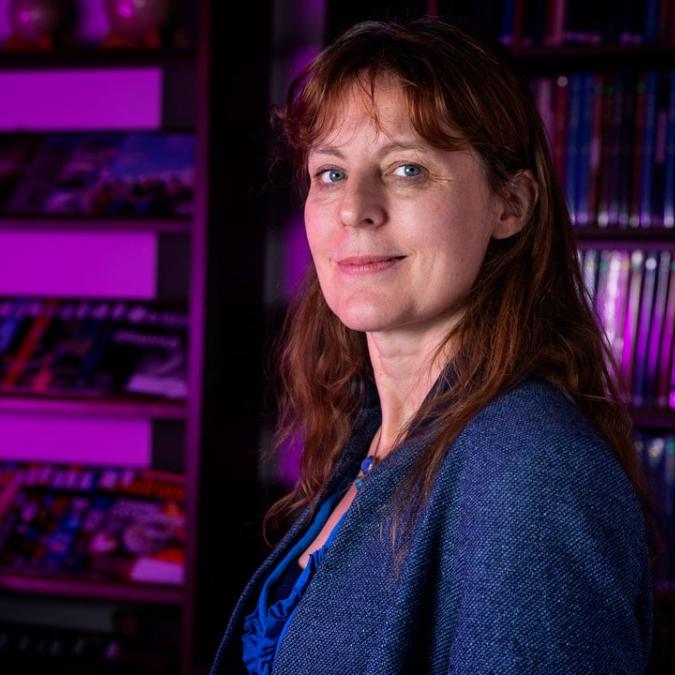
The award recognizes and honors outstanding communication by an active planetary scientist to the public.
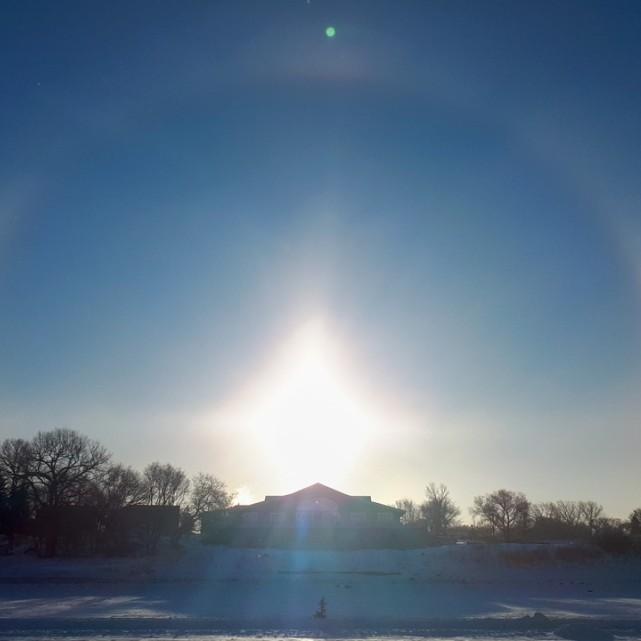
Phenomena common to Earth’s atmosphere can appear in the skies over some exoplanets of the “hot Jupiter” variety.

The facility, which honors astronomer Vera Cooper Rubin, MS ’51, has released its first images—and they’re mind-blowing
.jpg)
The professorships are made possible because of gifts from alumni, parents and friends.


From designing a reversible male contraceptive to detecting life on distant ocean worlds, the latest Cornell Engineering SPROUT Awards are cultivating breakthroughs across medicine, space exploration, robotics and environmental sensing.
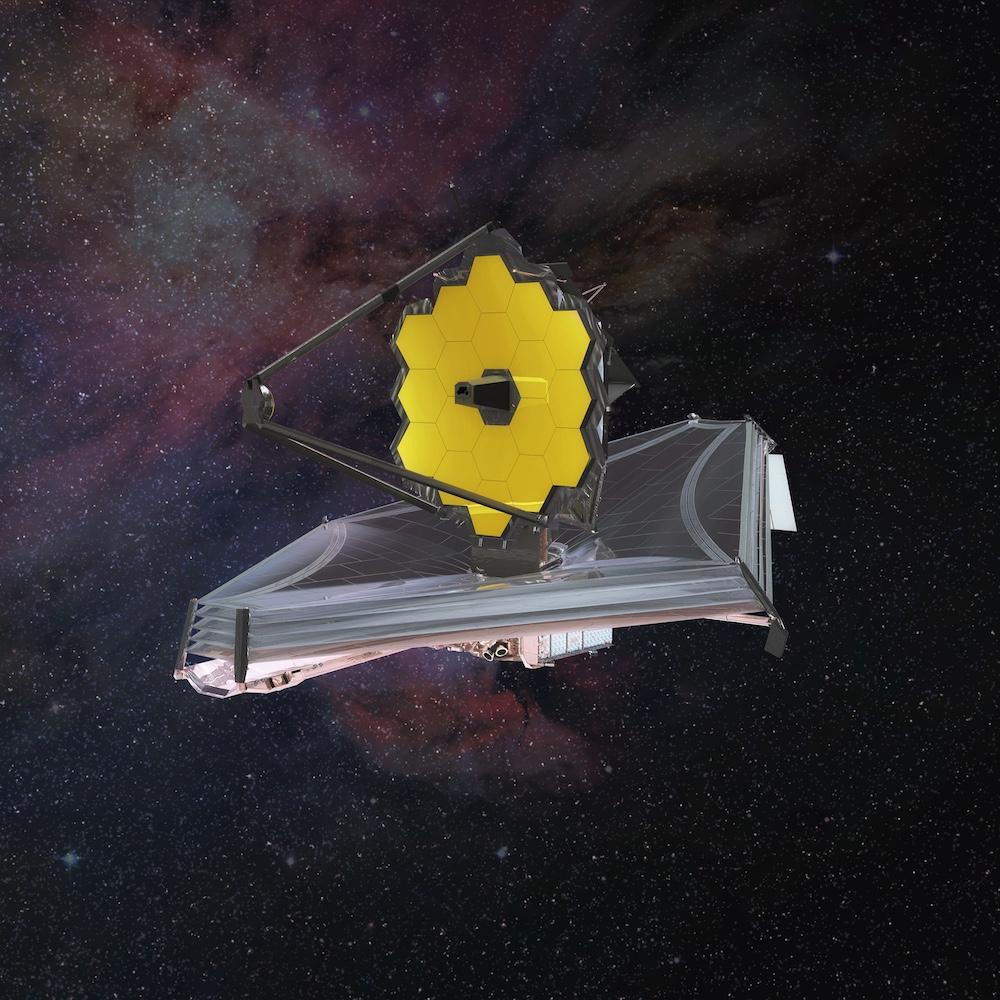
“It’s the cutting edge of what we can achieve, with better precisions and resolutions than other instruments.”

Dr. Karen I. Perez is the inaugural recipient of the William J. Welch Postdoctoral Fellowship at the SETI Institute.

The Girl Scouts of NYPENN Pathways say Ponterio’s support “has been invaluable."
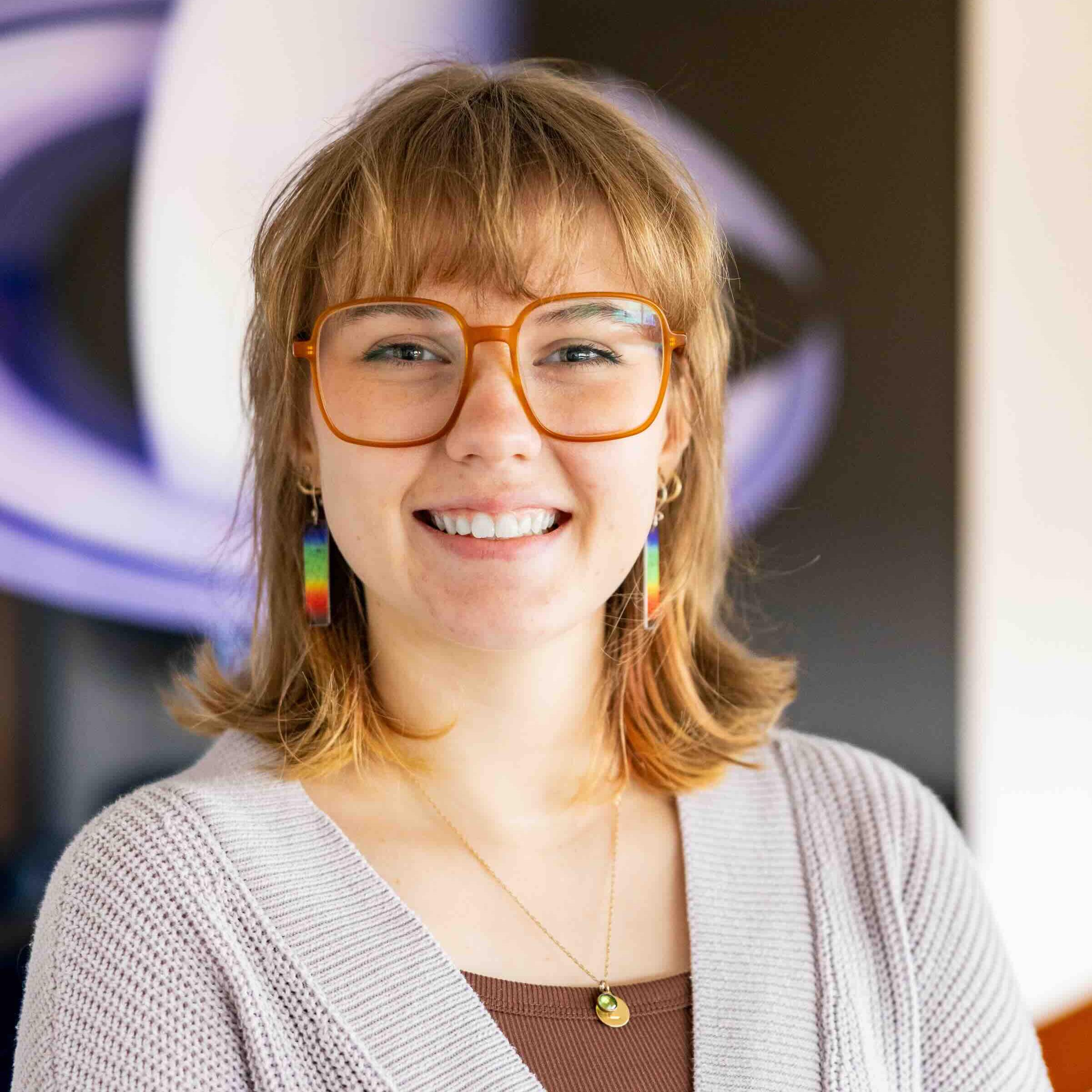
Laine Havens is majoring in astronomy and science & technology studies
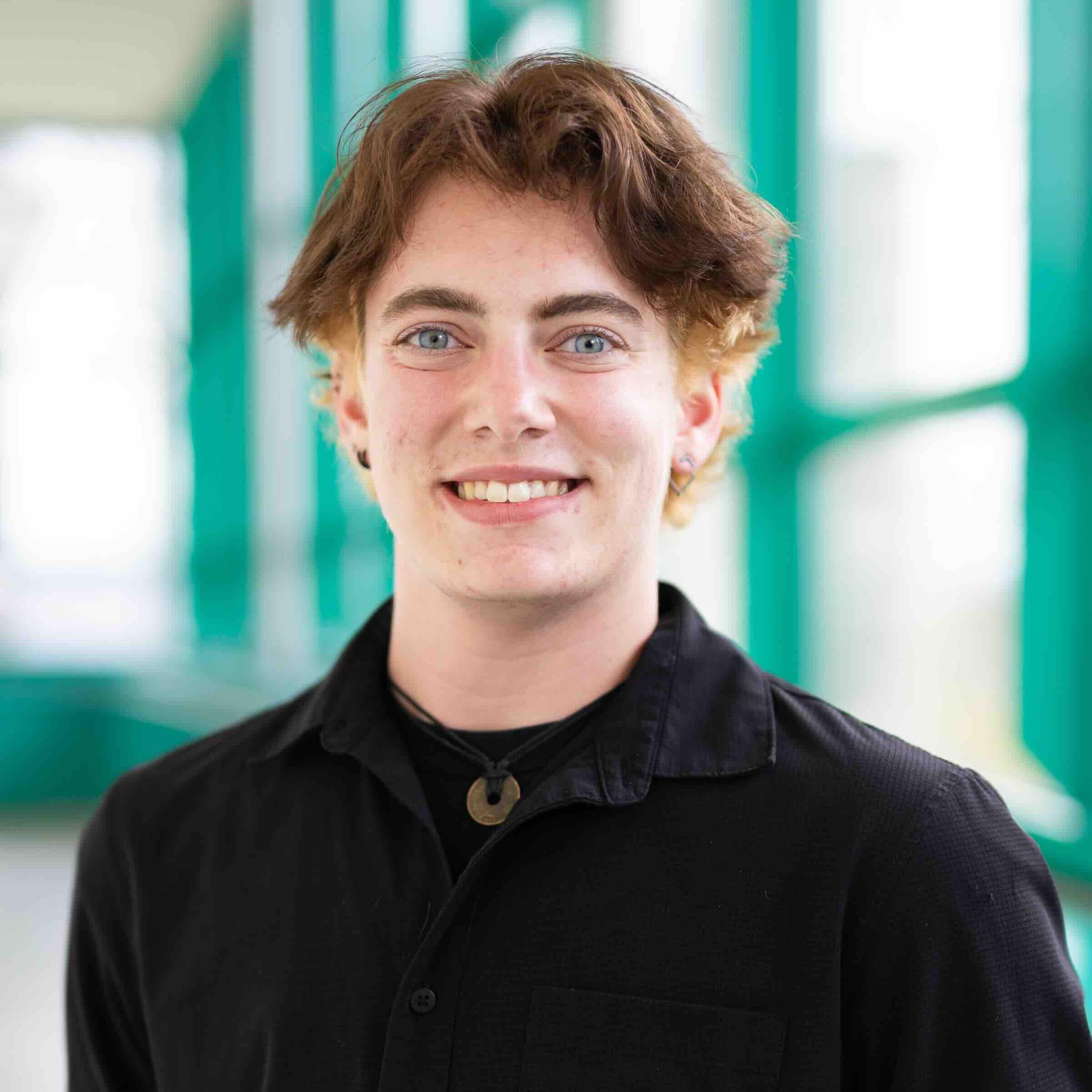
Neal Jerome is an astronomy major.
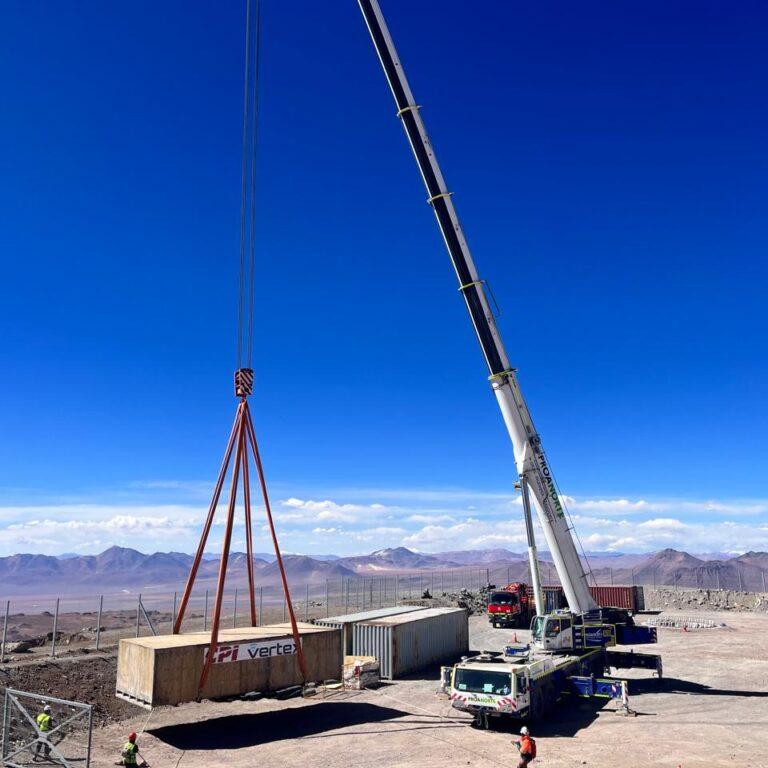
The first major component of the Fred Young Submillimeter Telescope (FYST) has arrived at its final home: the Cerro Chajnantor mountaintop, more than 18,000 feet above sea level.
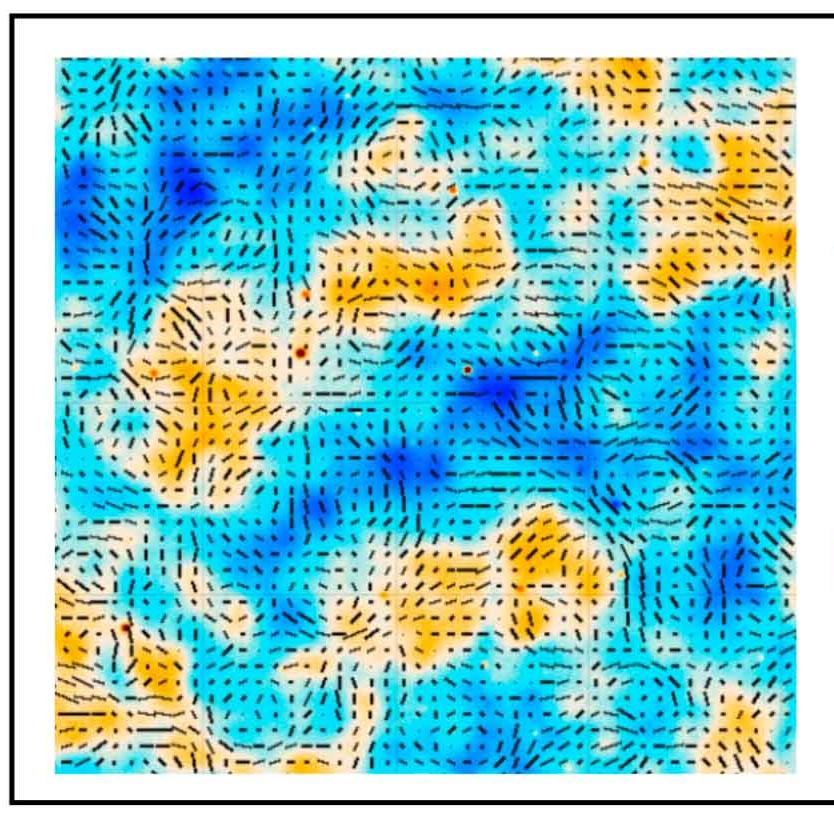
The new results confirm a simple model of the universe and have ruled out a majority of competing alternatives, says the research team.
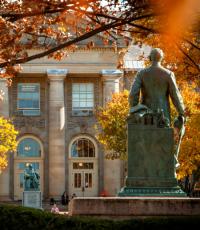
Cornell astronomers have secured over 350 hours of JWST Cycle 4 observing time, contributing to groundbreaking research on exoplanets, planetary systems, and distant galaxies. Graduate student Elijah Mullens and postdoctoral researchers Ryan Challener and Lili Alderson earned key investigator roles, highlighting Cornell’s impact on cutting-edge space science.
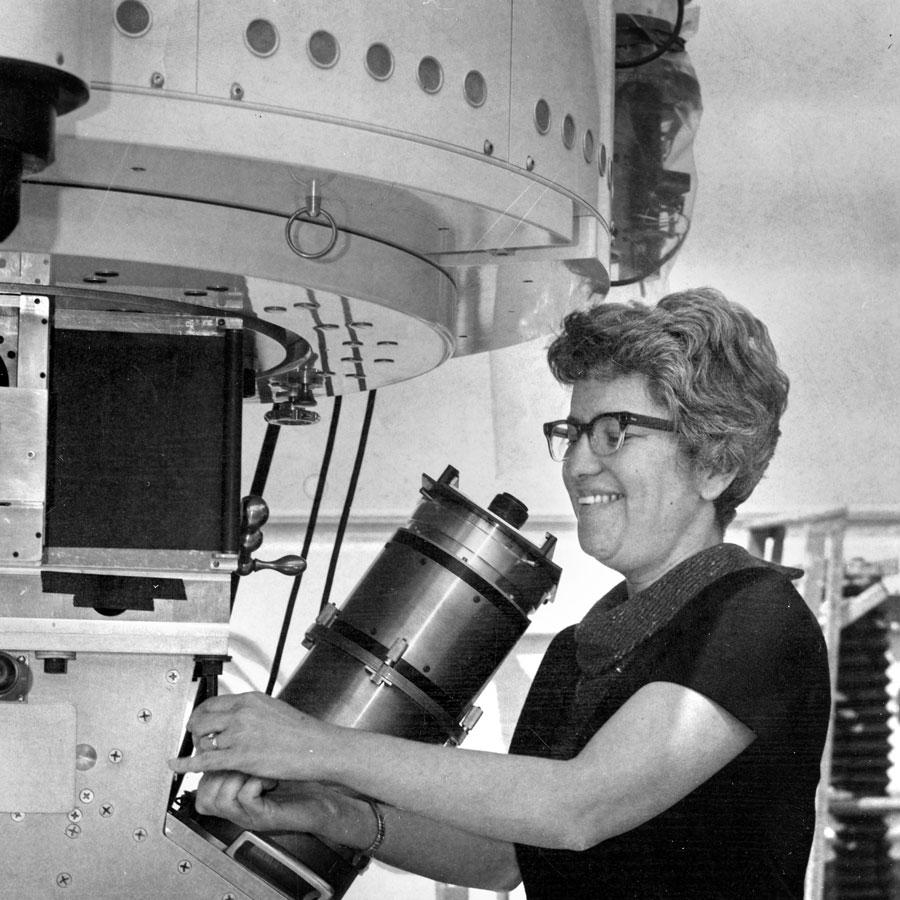
Immortalized in a series honoring notable women, Vera Cooper Rubin, MS ’51, is the first Cornellian ever featured on a coin.


Joseph A. Burns, Ph.D. ’66, emeritus professor of engineering and astronomy, and a former vice provost and dean of the Cornell faculty, died Feb. 26 in Ithaca.

In a musical journey through the cosmos, the Cornell Symphony Orchestra will perform the world premiere of “Ex Terra, Ad Astra,” a new work commissioned especially for this year’s Young Person’s Concert.
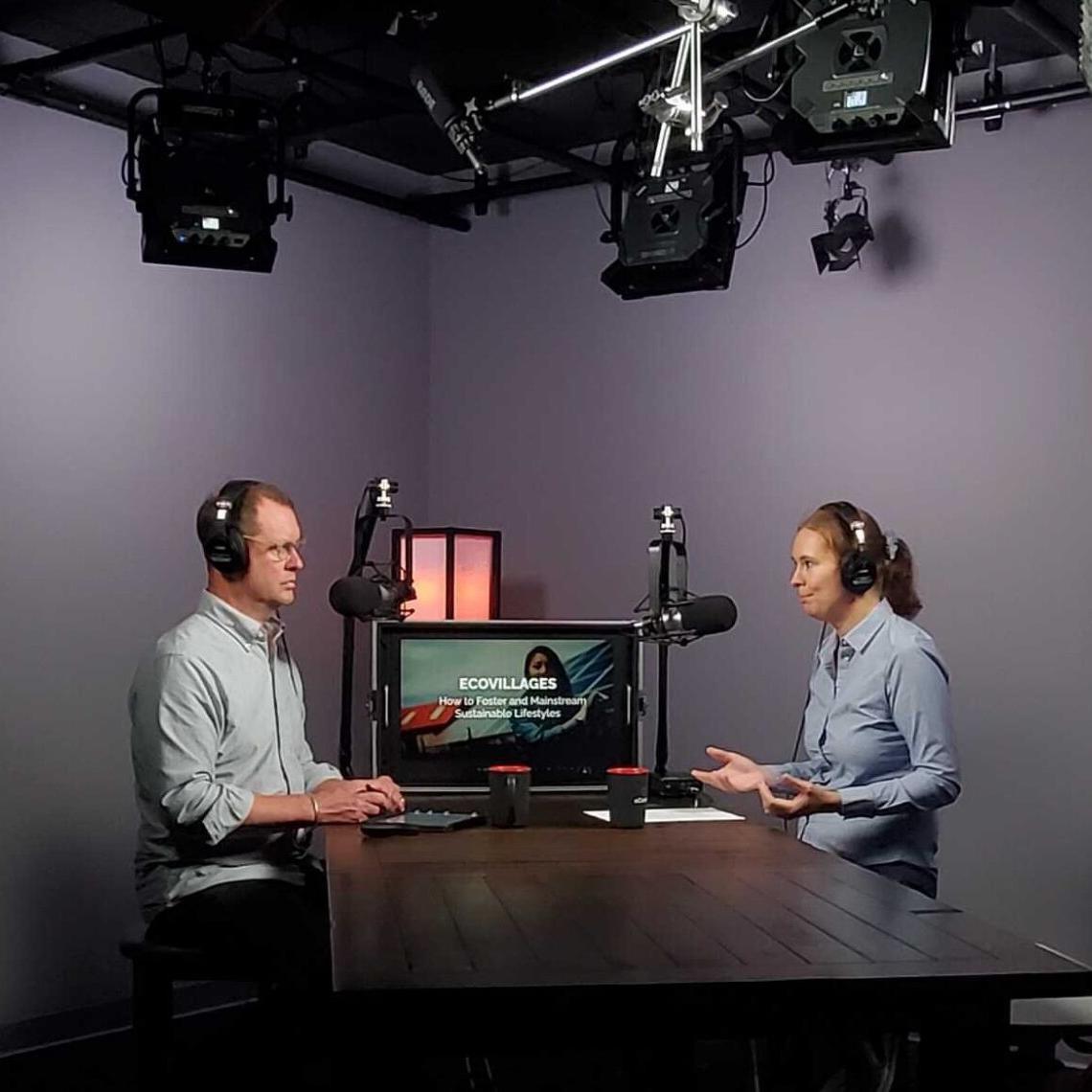
The University’s online learning platform, eCornell, offers a dizzying variety of content; here’s a sampling, from AI to wines to real estate.
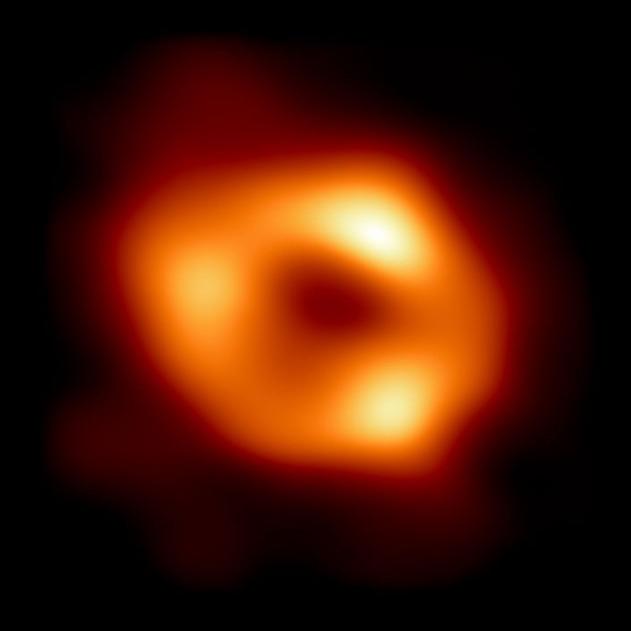
Ho’s project will look at supermassive black holes residing in the centers of distant galaxies.
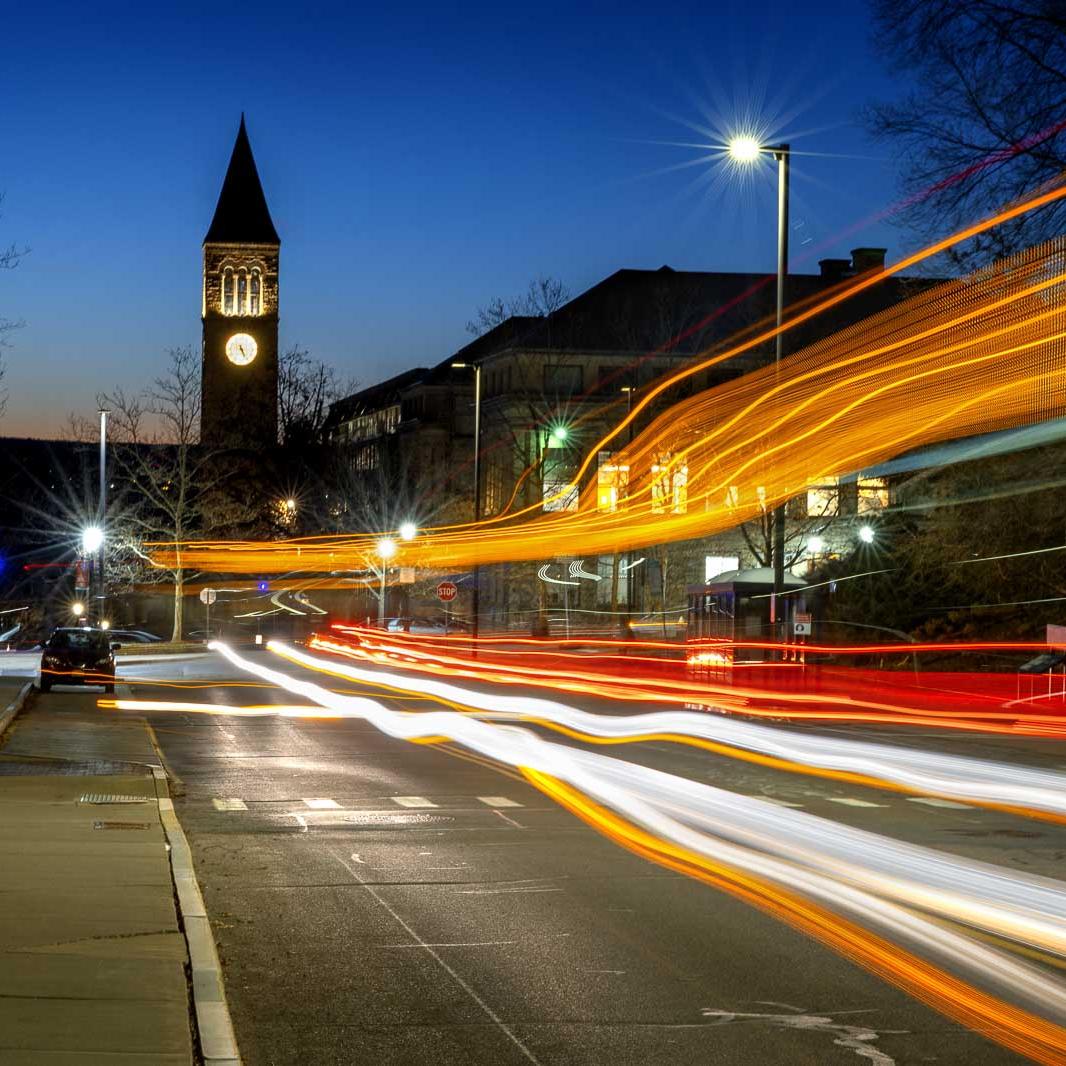
Fellows will pursue research in the sciences, social sciences and humanities.
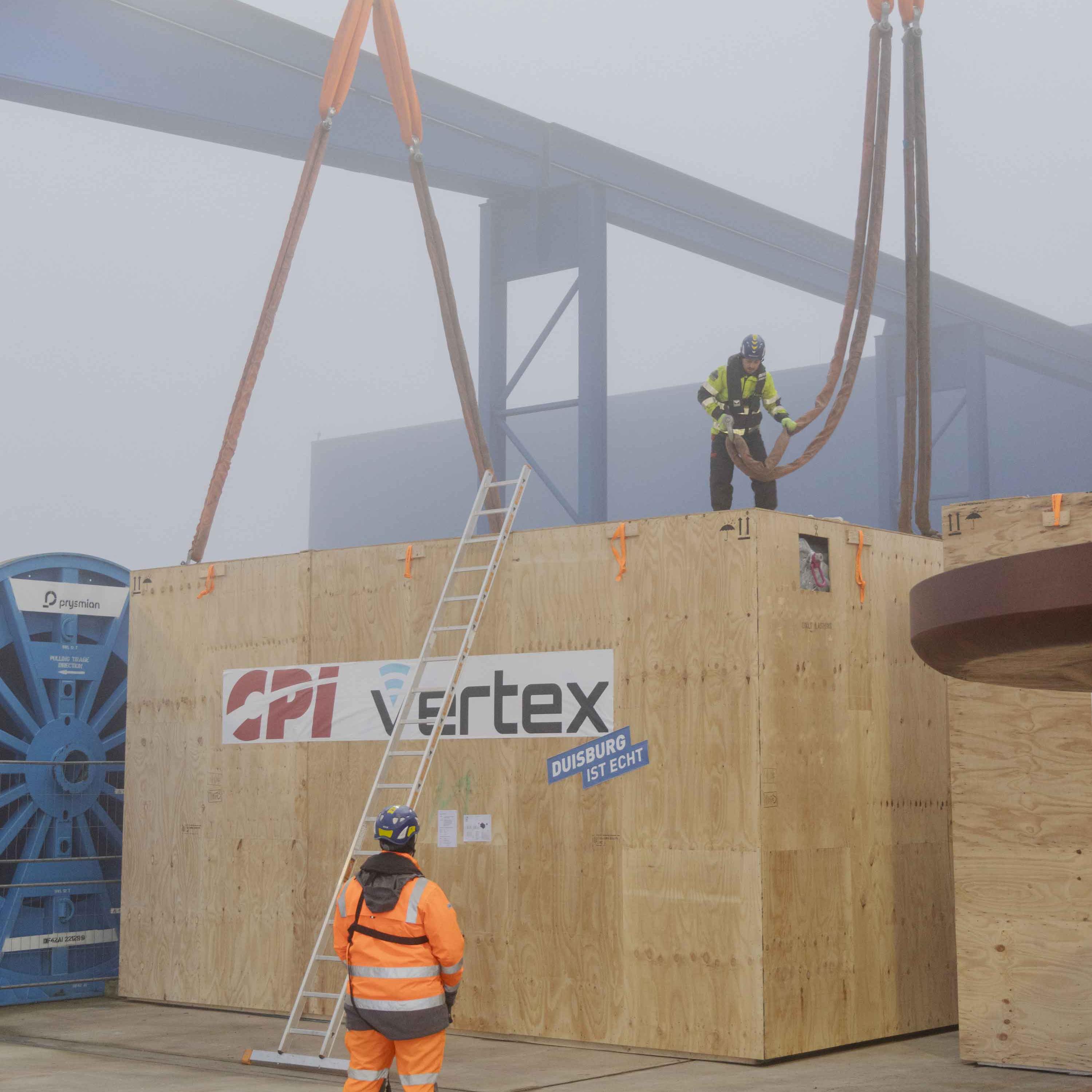
”This is a huge milestone for the project and we wish FYST bon voyage,” said Gordon Stacey, the project’s director and the David C. Duncan Professor in the Physical Sciences.
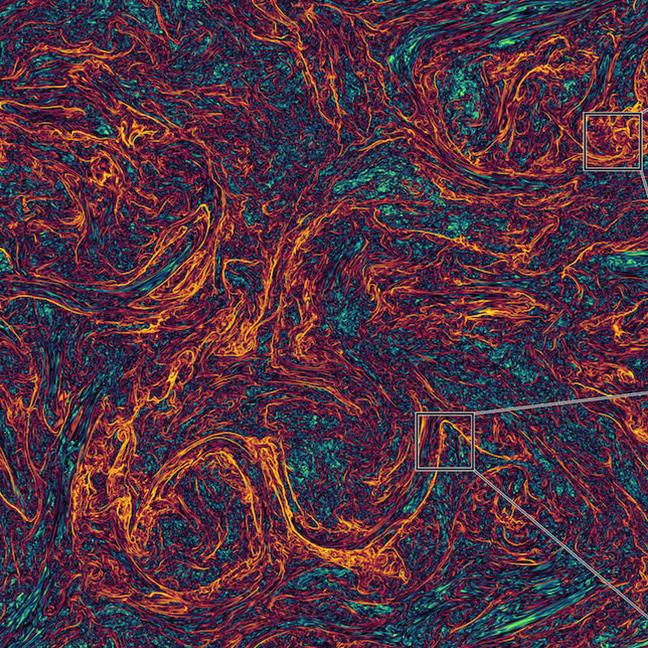
“We are going to run the largest simulations of the magnetized gas that pervades the space between stars, with the aim of understanding a crucial missing piece in our models for how stars and galaxies form."
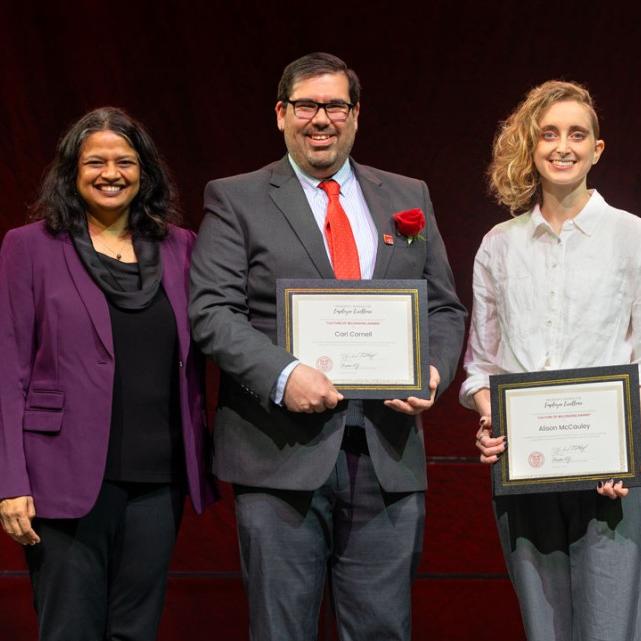

A&S staff member Lynda Sovocool, interim associate director/department manager for Cornell Center for Astrophysics and Planetary Science, received the Mission-Possible Award, for supporting the university’s core mission to learning, discovery and engagement.
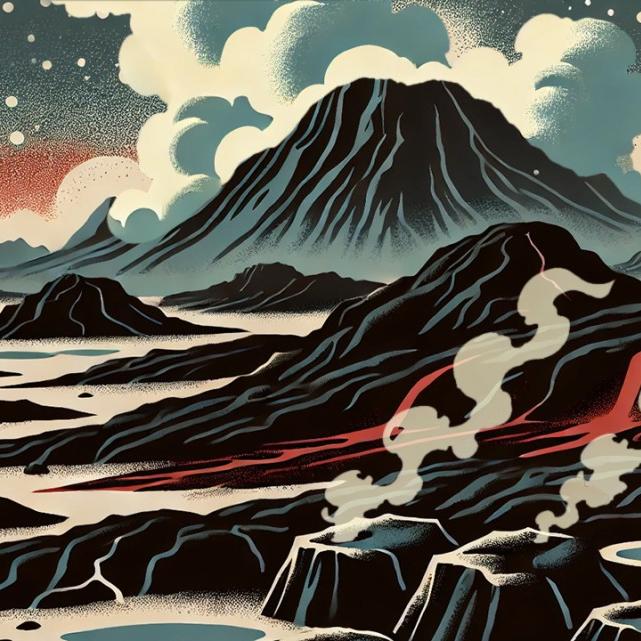

Cornell scientists are developing a library of basalt-based spectral signatures that not only will help reveal the composition of planets outside of our solar system, but also could demonstrate evidence of water on those exoplanets.
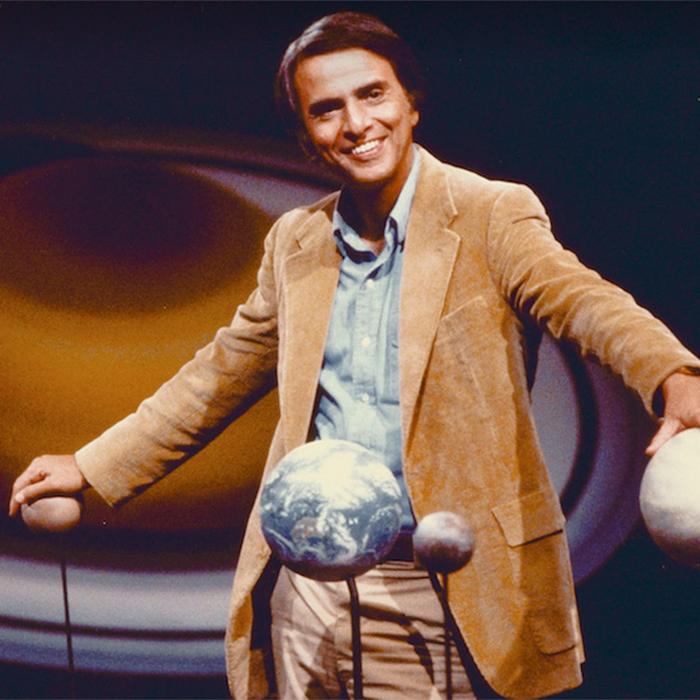
The astronomer’s legacy can be found on Earth and far beyond—from a record-setting exhibit to an iconic portrait of our planet.
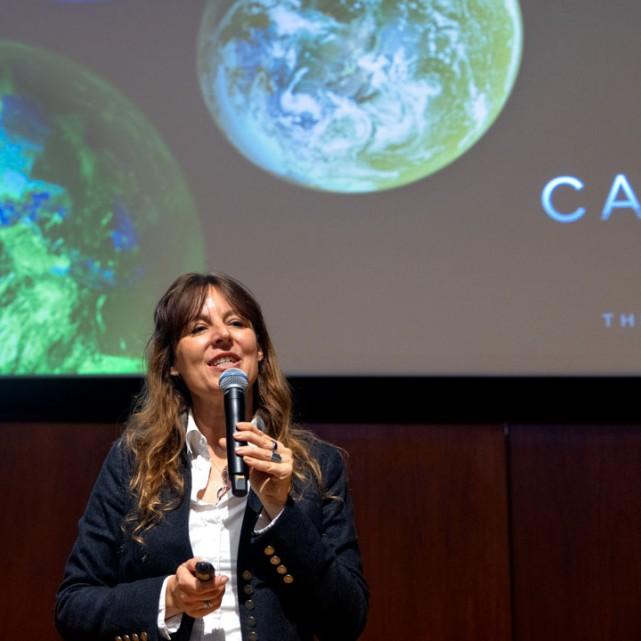

In person and online Nov. 9, thousands attended an interdisciplinary program of research presentations and music celebrating Carl Sagan’s legacy, on what would have been his 90th birthday.
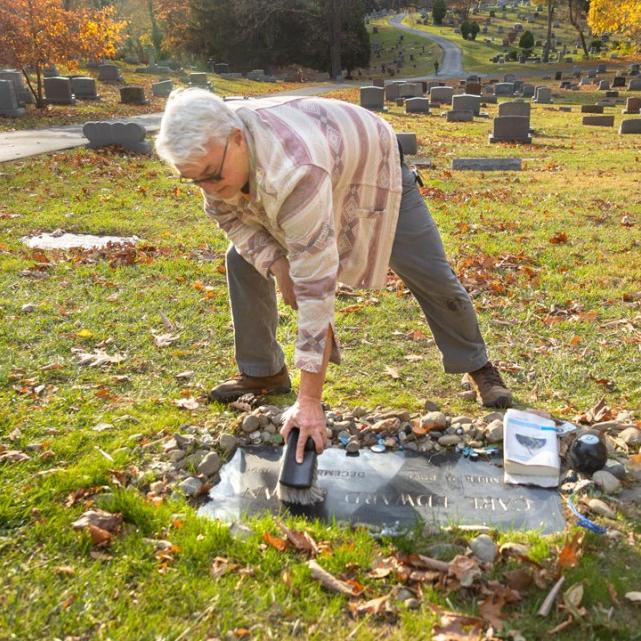

On the eve of what would have been Sagan's 90th birthday, well-wishers commune at Lake View Cemetery, leaving notes and trinkets.
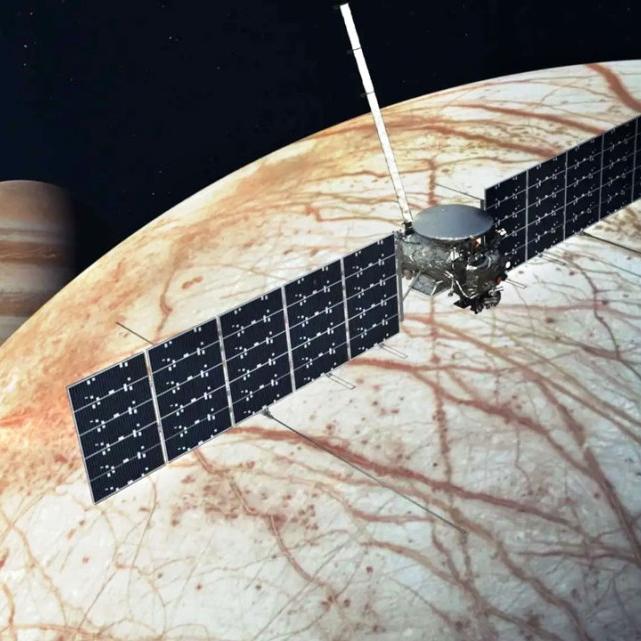

Jupiter’s moon Europa may have conditions that could support life. To find out, NASA has launched its next flagship science mission, Europa Clipper, and Cornell scientists will play a role.
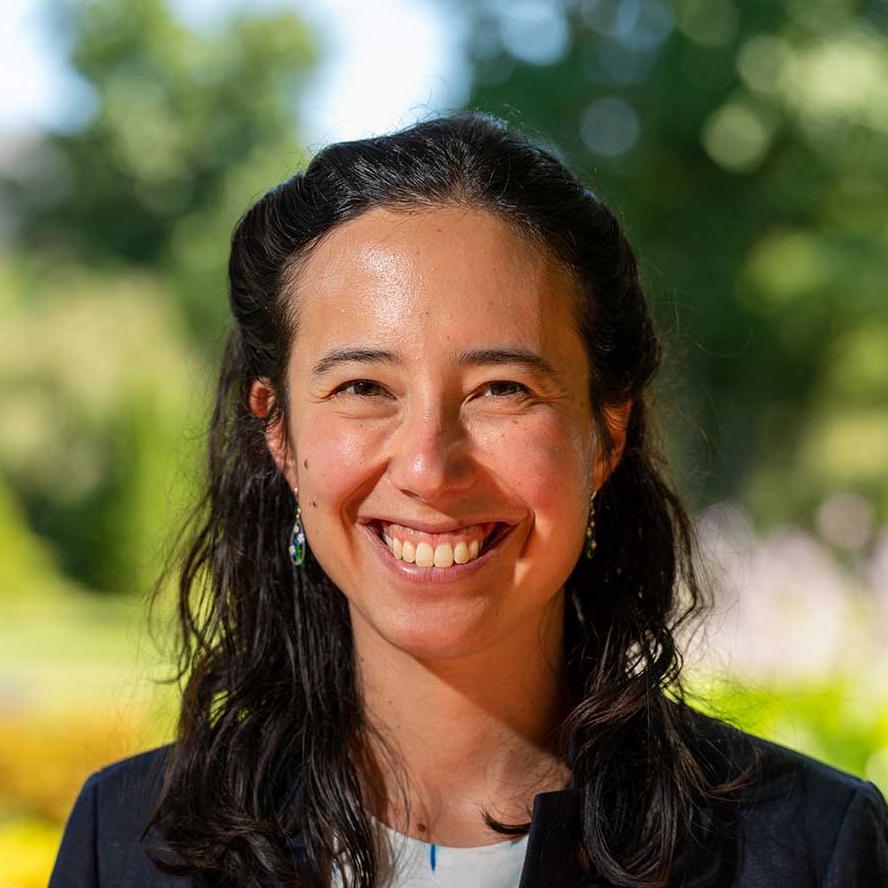
The fellowship from the David and Lucille Packard Foundation includes $875,000 in unrestricted funds to be used for research over five years.
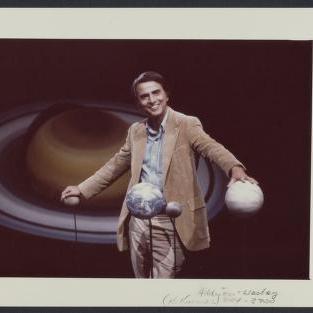
On what would have been Carl Sagan's 90th birthday, Cornell’s Carl Sagan Institute will celebrate his legacy in an interdisciplinary day of science, music and more as part of the College of Arts & Sciences’ Arts Unplugged series.
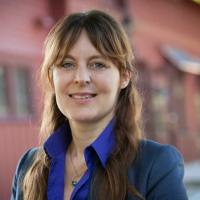
"The Austrian Space Forum (OeWF) has awarded Dr. Lisa Kaltenegger the Polar Star Award – the Austrian Space Prize. Gernot Grömer, Director of the Austrian Space Forum awards presented Dr Kaltenegger with the award at a ceremony on Monday 23 September."
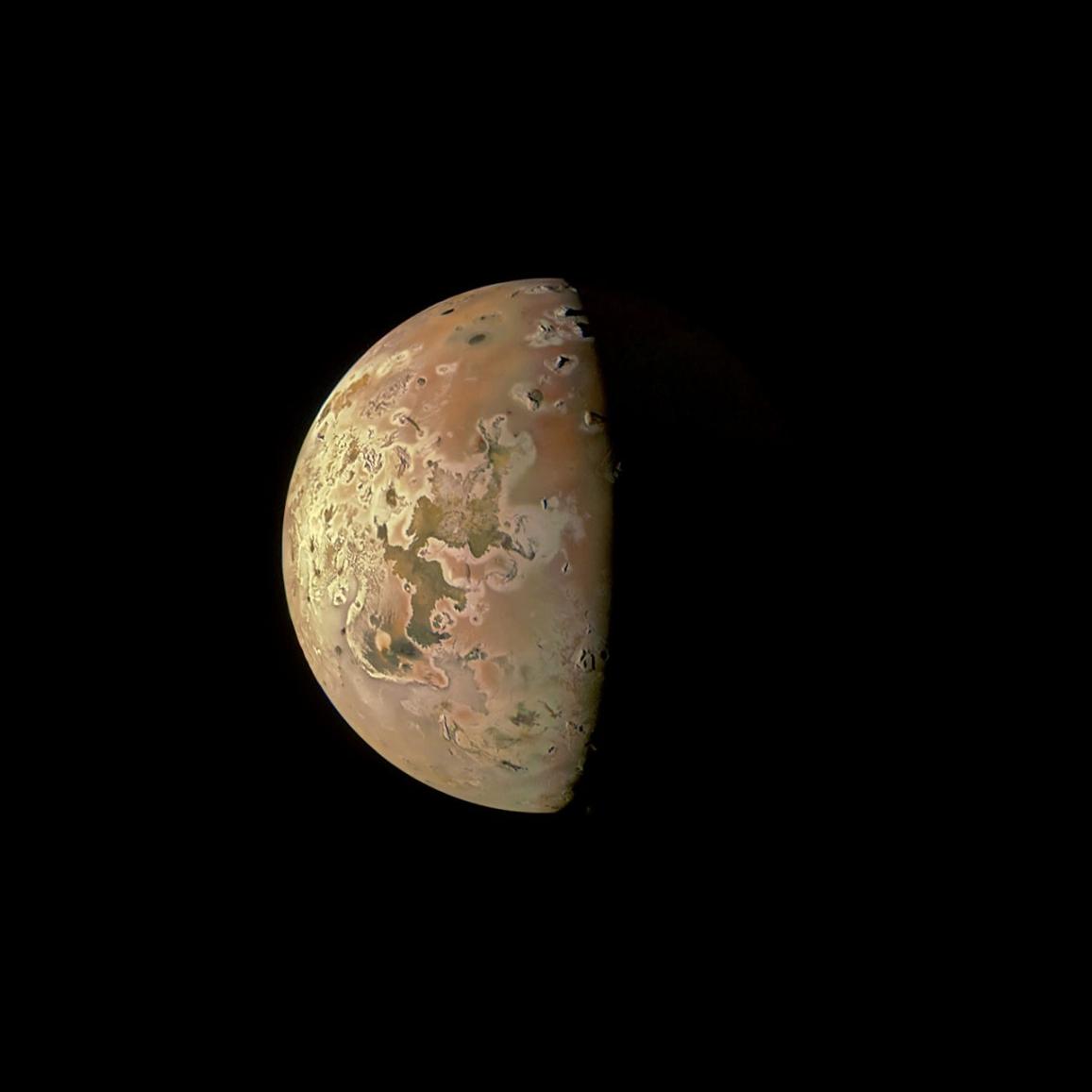

By examining Jupiter’s moon Io – the most volcanically active place in the solar system – Cornell astronomers can study a vital process in planetary formation and evolution: tidal heating.


Schmidt received the award for “advancing climate science and planetary habitability studies through groundbreaking research on ice-ocean interactions and innovative exploration of Earth’s polar regions and icy planetary bodies.”
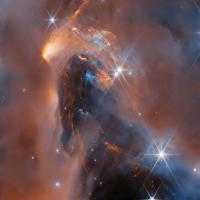
Reported in Universe Today, "a team of astronomers working with the James Webb Space Telescope (JWST) announced the discovery of six rogue planet candidates in an unlikely spot. The planets, which include the lightest rogue planet ever identified (with a debris disk around it), were spotted during Webb‘s deepest survey of the young nebula NGC 1333, a star-forming cluster about a thousand light-years away in the Perseus constellation. These planets could teach astronomers a great deal about the formation process of stars and planets. The team was led by Adam Langeveld, an Assistant Research Scientist in the Department of Physics and Astronomy at Johns Hopkins University (JHU)" and Visiting Scholar at Cornell's Department of Astronomy.
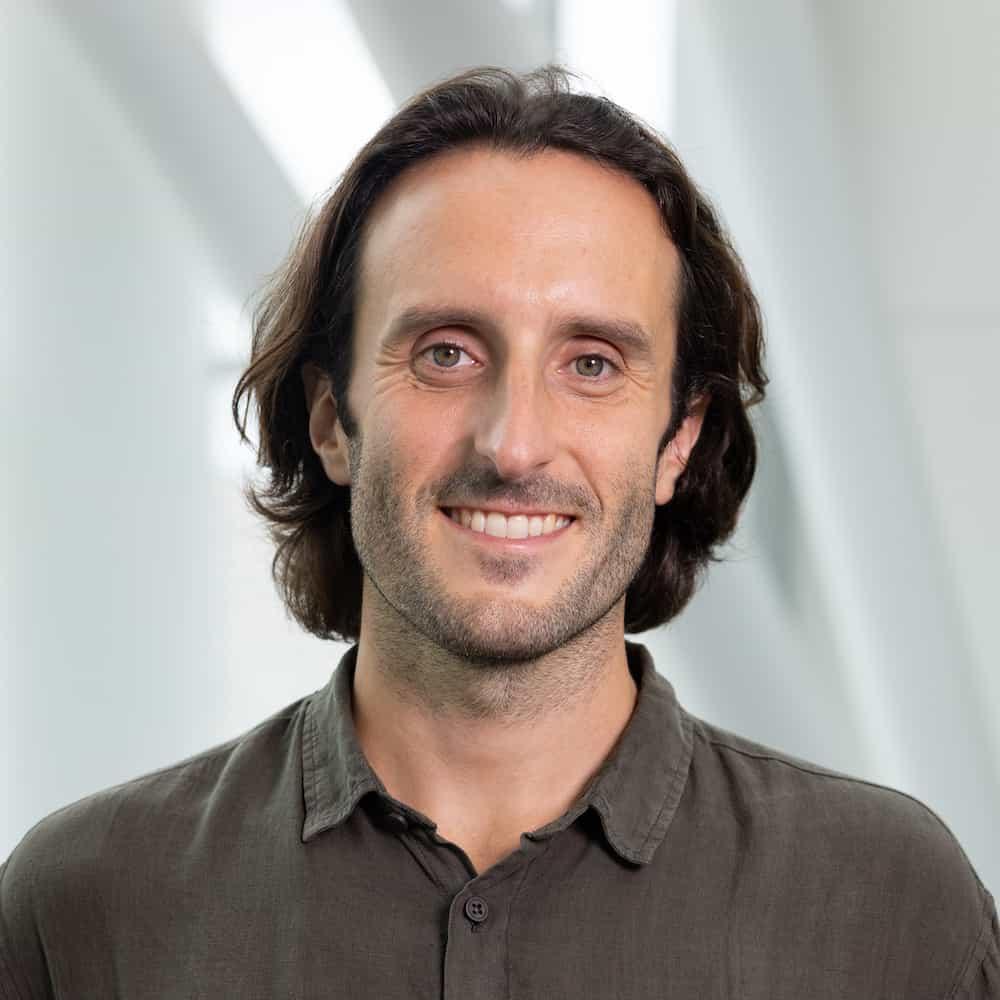
Drummond Fielding, Astronomy

Dongwoo Chung, Astronomy

"Cornell alumni are generous with their time and efforts to assist students, to answer questions from students, or connect them to people and places."

Peter John Loewen says he's excited to support faculty in their research, meet students and showcase the value of a liberal arts education.
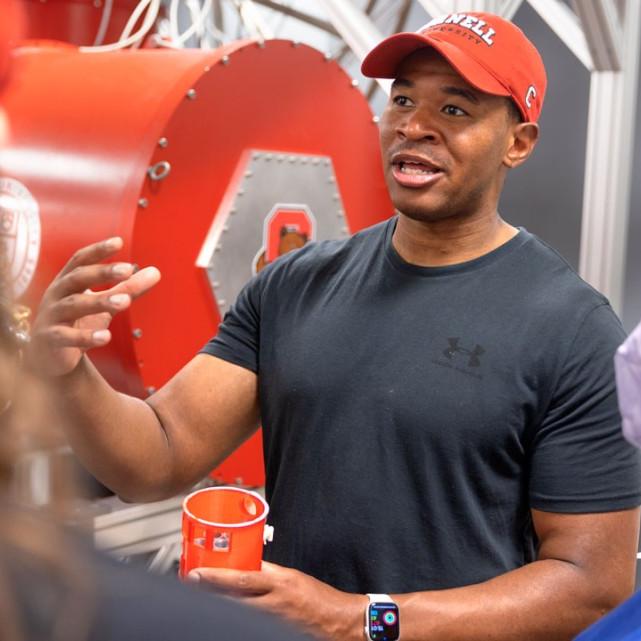

A group of military service members and veterans spent two weeks at Cornell as part of the Warrior-Scholar Project, which helps participants build skills and navigate transitions to higher education.
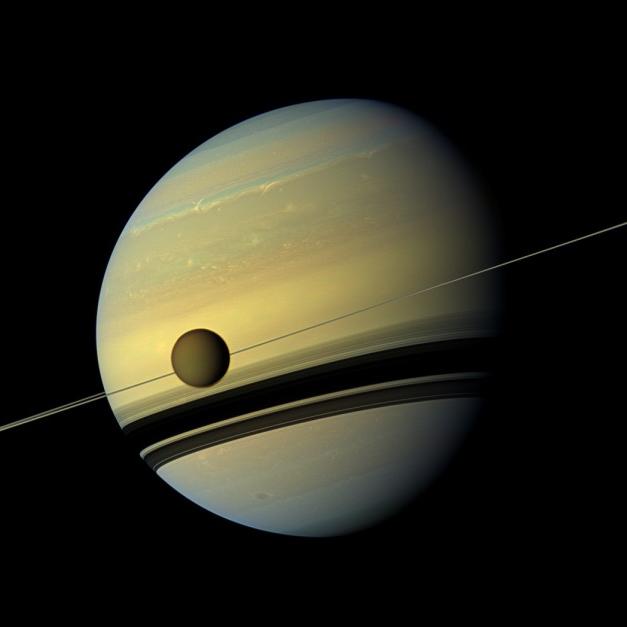

Using data from precision radar experiments, a Cornell-led research team analyzed and estimated the composition and roughness of sea surfaces on Titan.

An international research team discovered that the gas in a Hyper Luminous Infrared Galaxy was rotating in an organized fashion, rather than in the chaotic way expected after a galactic collision –– a surprising result.
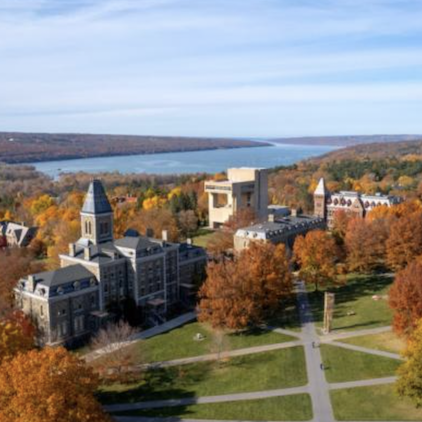
With these new appointments, the number of A&S faculty appointed to endowed professorships since fall 2018 has reached 76.